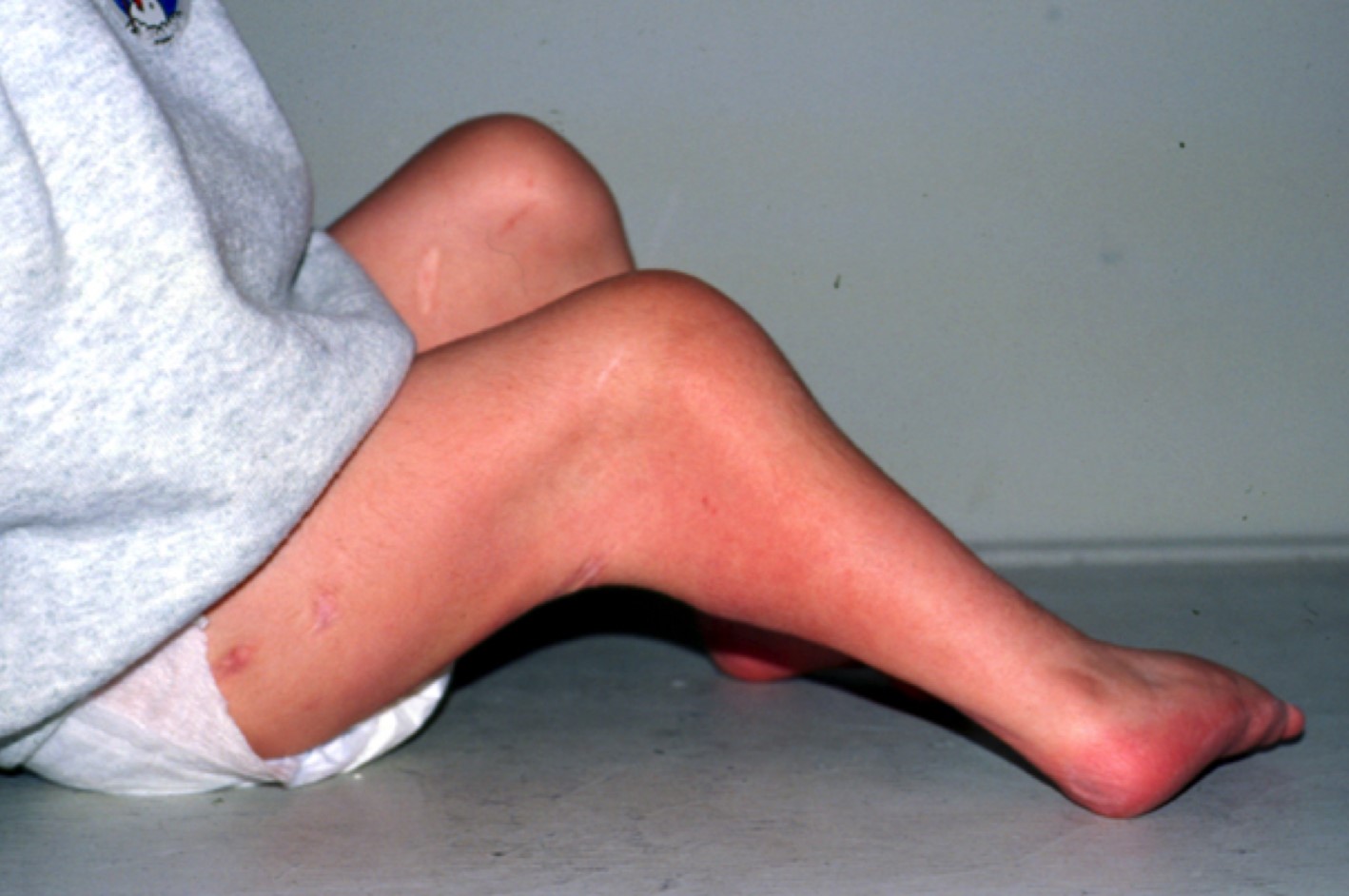
Popliteal Pterygium Syndrome (PPS) is a rare genetic disorder that affects various parts of the body. Characterized by webbing of the skin, particularly behind the knees, PPS can also impact facial features, genitalia, and even the mouth. Caused by mutations in the IRF6 gene, this condition is inherited in an autosomal dominant pattern, meaning a single copy of the altered gene can cause the disorder. Symptoms vary widely, making each case unique. Early diagnosis and intervention can significantly improve quality of life for those affected. Understanding PPS is crucial for better management and support for individuals and families dealing with this condition.
Key Takeaways:
- Popliteal Pterygium Syndrome (PPS) is a rare genetic disorder causing web-like skin folds behind the knees, cleft lip/palate, and other physical anomalies. Early diagnosis and comprehensive care can significantly improve quality of life.
- PPS is extremely rare, affecting less than 1 in 300,000 births. It can vary greatly in severity and may require surgical intervention, physical therapy, and psychological support. Awareness and education are crucial for early diagnosis and intervention.
What is Popliteal Pterygium Syndrome?
Popliteal Pterygium Syndrome (PPS) is a rare genetic disorder that affects various parts of the body. It is characterized by webbing of the skin, particularly behind the knees, and other anomalies. Let's dive into some fascinating facts about this condition.
Genetic Basis of PPS
Understanding the genetic roots of PPS can shed light on its complexities.
- PPS is caused by mutations in the IRF6 gene, which plays a crucial role in the development of tissues in the face and limbs.
- This syndrome follows an autosomal dominant inheritance pattern, meaning only one copy of the mutated gene is needed to cause the disorder.
- The IRF6 gene is also associated with Van der Woude syndrome, another condition that affects facial development.
Physical Characteristics
PPS manifests in various physical traits that can vary widely among individuals.
- A hallmark of PPS is the presence of popliteal pterygium, which is a web-like skin fold behind the knee.
- Individuals with PPS often have cleft lip and/or cleft palate, which are splits in the upper lip and roof of the mouth.
- Syndactyly, or webbed fingers and toes, is another common feature.
- Genital anomalies, such as underdeveloped or absent genitalia, can occur in both males and females.
- Oral synechiae, which are bands of tissue connecting parts of the mouth, may be present.
Diagnosis and Detection
Early diagnosis is key to managing PPS effectively.
- Genetic testing can confirm the presence of IRF6 mutations, providing a definitive diagnosis.
- Prenatal ultrasound may detect some physical anomalies associated with PPS, such as cleft lip or webbed limbs.
- A thorough physical examination by a specialist can identify characteristic features of PPS.
Treatment and Management
Managing PPS involves addressing its various symptoms and complications.
- Surgical intervention may be required to correct cleft lip and palate, improving feeding and speech.
- Physical therapy can help improve mobility and function in individuals with webbed limbs.
- Regular dental care is essential, as oral anomalies can lead to dental issues.
- Psychological support and counseling can benefit individuals and families coping with the challenges of PPS.
Living with PPS
Life with PPS can be challenging, but many individuals lead fulfilling lives.
- Early intervention and comprehensive care can significantly improve quality of life.
- Support groups and online communities provide valuable resources and connections for those affected by PPS.
- Advances in medical research continue to improve understanding and treatment of PPS.
Interesting Facts
Here are some lesser-known yet intriguing aspects of PPS.
- PPS is extremely rare, with an estimated prevalence of less than 1 in 300,000 births.
- The condition was first described in medical literature in the early 20th century.
- PPS can vary greatly in severity, even among members of the same family.
- Some individuals with PPS may have normal intelligence, while others may experience developmental delays.
- The webbing behind the knee can sometimes extend to the ankle, further restricting movement.
- PPS can affect both males and females, though some features may differ between genders.
- The name "popliteal" refers to the popliteal fossa, the shallow depression located at the back of the knee joint.
- The term "pterygium" comes from the Greek word for "wing," describing the wing-like appearance of the skin webbing.
- PPS is part of a group of disorders known as orofaciodigital syndromes, which affect the mouth, face, and digits.
- Researchers are exploring gene therapy as a potential future treatment for genetic disorders like PPS.
- Awareness and education about PPS are crucial for early diagnosis and intervention.
- Each case of PPS is unique, highlighting the importance of personalized medical care.
Understanding Popliteal Pterygium Syndrome
Popliteal Pterygium Syndrome (PPS) is a rare genetic disorder that affects various parts of the body. It can cause webbing of the skin behind the knees, cleft lip or palate, and other anomalies. Knowing these facts helps in recognizing the condition early and seeking appropriate medical care.
Early diagnosis and intervention can improve the quality of life for those affected. Genetic counseling is crucial for families with a history of PPS, as it provides valuable information about the risks and management options.
Raising awareness about PPS can lead to better support systems and resources for patients and their families. By understanding the complexities of this syndrome, we can foster a more inclusive and informed community.
Stay curious and keep learning about rare conditions like PPS. Knowledge is power, and it can make a significant difference in the lives of those affected.
Frequently Asked Questions
Was this page helpful?
Our commitment to delivering trustworthy and engaging content is at the heart of what we do. Each fact on our site is contributed by real users like you, bringing a wealth of diverse insights and information. To ensure the highest standards of accuracy and reliability, our dedicated editors meticulously review each submission. This process guarantees that the facts we share are not only fascinating but also credible. Trust in our commitment to quality and authenticity as you explore and learn with us.


